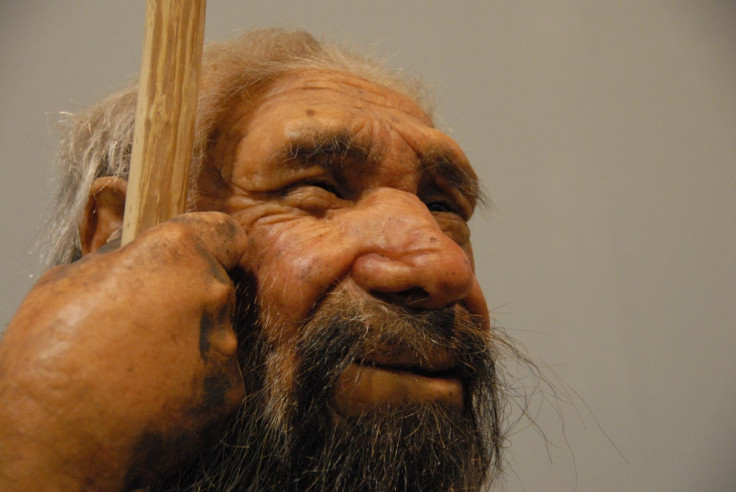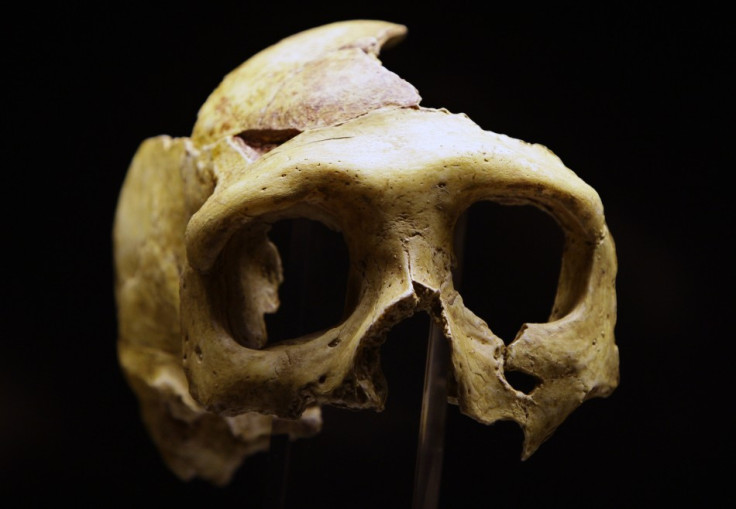Spanish Skulls Discovered with Neanderthal and Primitive Human Traits

Skulls discovered in a Spanish cave have traits from both Neanderthals and more primitive humans, which researchers have described as "like finding treasure".
The ancient skulls were found in the Sima de los Huesos site and date from the Middle Pleistocene period – between 780 and 125 thousand years ago.
According to the scientists, the "mosaic pattern" of features from both Neanderthals and earlier humans support the theory that Neanderthals developed their defining features at different times – not all at once.
The skulls allow researchers to better understand evolution during this period. Ignacio Martinez, study co-author, said: "With the skulls we found, it was possible to characterise the cranial morphology of a human population of the European Middle Pleistocene for the first time."
About 500 thousand years ago, ancient humans split off from other groups and evolved characteristics that eventually came to define the Neanderthals. Hundreds of thousands of years after this, modern humans who had evolved in Africa settled in Eurasia, where the Neanderthals lived.
The two species interbred and eventually modern humans replaced Neanderthals. However, why Neanderthals changed so quickly from more primitive humans before this has baffled scientists.

Since excavations at Sima de los Huesos began in 1984, almost 7,000 human fossils have been recovered, including 17 almost complete fragmentary skulls, which researchers were able to use to find Neanderthal features.
Findings suggest Neanderthals evolved their features at different times – not in a linear fashion.
The skulls show Neanderthal features in the face and teeth, but not anywhere else, such as the braincase: "We think based on the morphology that the Sima people were part of the Neanderthal clade, although not necessarily direct ancestors to the classic Neanderthals," said lead author Juan-Luis Arsuaga, from the University of Madrid.
They found most of the Neanderthal features observed were related to chewing, suggesting this modification was the result of intensive use of the front teeth: "The incisors show a great wear as if they had been used as a 'third hand', typical of Neanderthals," Arsuaga said.
"One thing that surprised me about the skulls we analysed is how similar the different individuals were. The other fossils of the same geological period are different and don´t fit in the Sima pattern. This means that there was a lot of diversity among different populations in the Middle Pleistocene."
© Copyright IBTimes 2025. All rights reserved.






















